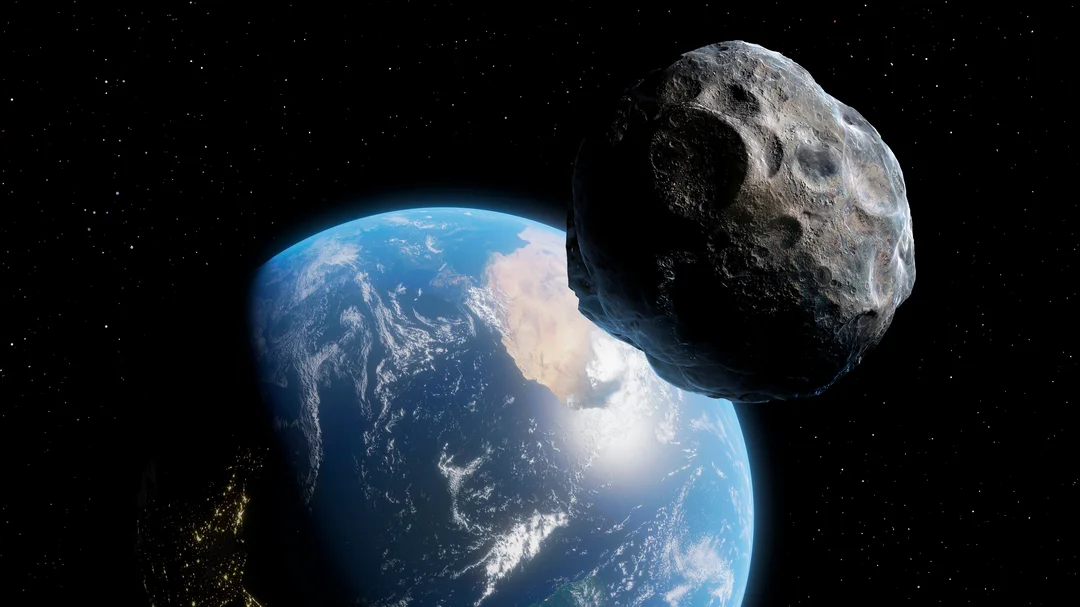
Earth’s New Companions: Are Mini-Moons Actually Lunar Debris?
For years, scientists believed that Earth's temporary moons, also known as mini-moons, originated from the asteroid belt. However, groundbreaking new research suggests a surprising alternative: these celestial hitchhikers might be fragments of our very own Moon.
The recent identification of 2024 PT5, a small asteroid-like object discovered near Earth, has sparked intense interest. Dubbed a "minimoon," 2024 PT5 exhibits unique characteristics, including a composition strikingly similar to lunar rocks brought back by the Apollo missions. This discovery hints at a previously unknown population of lunar fragments orbiting near Earth, potentially revolutionizing our understanding of the Earth-Moon system.

Teddy Kareta, a planetary scientist at Lowell Observatory, emphasized the significance of finding a second minimoon with lunar properties. "If there were only one object, that would be interesting but an outlier," Kareta stated. "If there's two, we're pretty confident that's a population."
The prevailing theory suggests that these lunar fragments are created during high-energy impact events on the Moon. When meteoroids collide with the lunar surface, debris is ejected into space. Some of this debris falls within Earth's gravitational sphere of influence, becoming temporarily captured as mini-moons.
These mini-moons typically have transient orbits, remaining within Earth's gravitational clutches for weeks, months, or even years before escaping back into solar orbit. Unlike Earth's permanent Moon, mini-moons follow chaotic, highly elliptical paths.
The implications of this discovery are profound. By analyzing the composition of these mini-moons, scientists can gain insights into the Moon's impact history without the need for complex sample-return missions. This analysis could reveal valuable information about the geological evolution of the Moon, the rate and magnitude of lunar impact events, and the orbital dynamics of the Earth-Moon system.
Furthermore, mini-moons offer potential benefits beyond scientific curiosity. Their proximity to Earth and relatively slow movement compared to other near-Earth objects make them ideal targets for robotic spacecraft missions, sample return programs, and testing navigation and landing technologies for asteroid mining or deep space explorations.

The discovery of 2024 PT5 underscores the necessity for advanced detection methods. Current asteroid detection systems are primarily designed to identify larger, brighter objects. As mini-moons are small and faint, specialized observation programs and more sensitive sky surveys are required to detect them. Developing this capability will not only improve our knowledge of mini-moons but also enhance our understanding of the dynamic interplay between Earth and its cosmic environment.
Could these mini-moons be a new frontier in space exploration, offering valuable insights into the history of our solar system and paving the way for future resource utilization missions? Share your thoughts in the comments below.